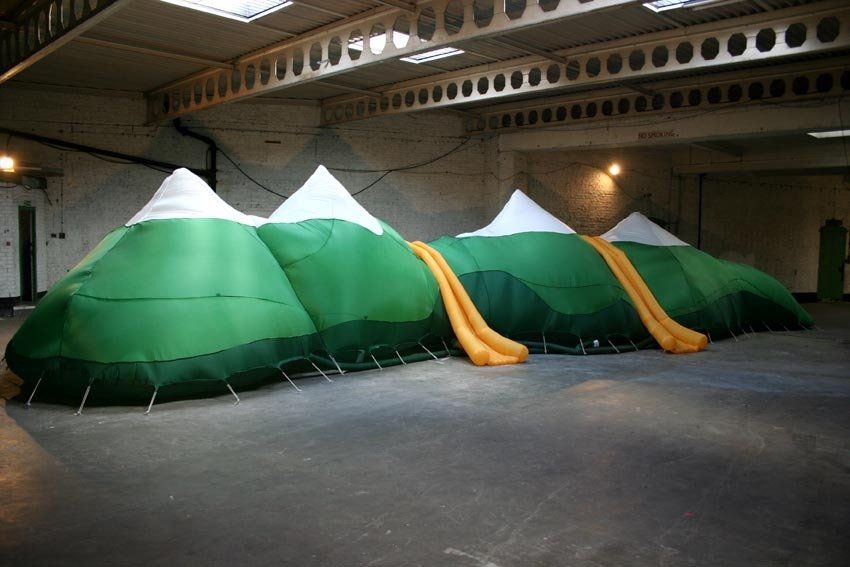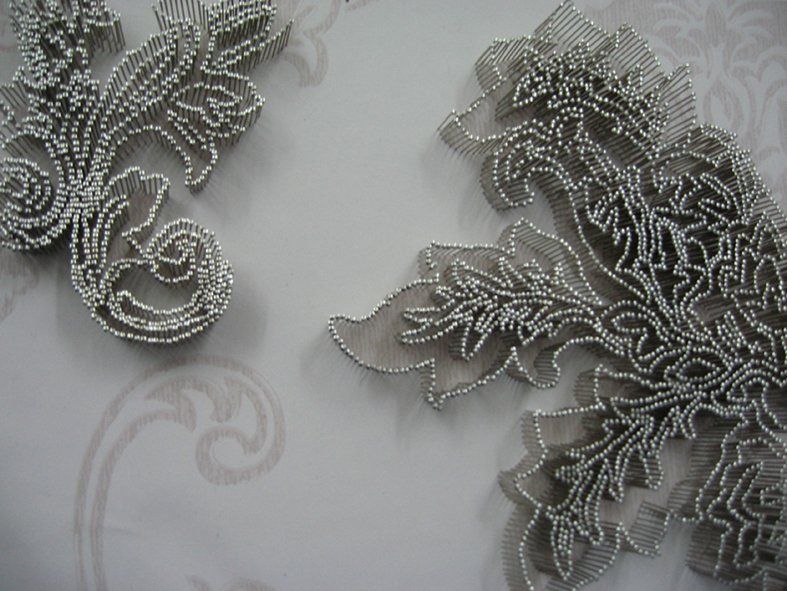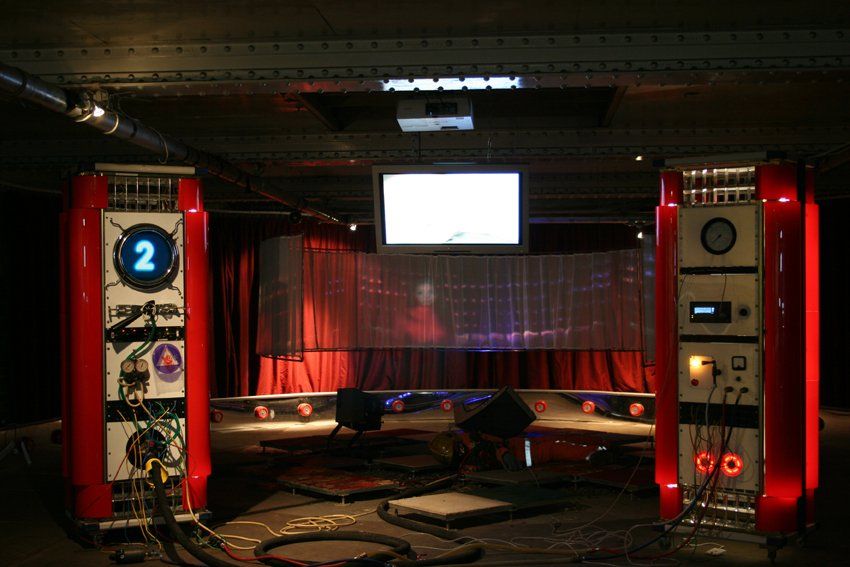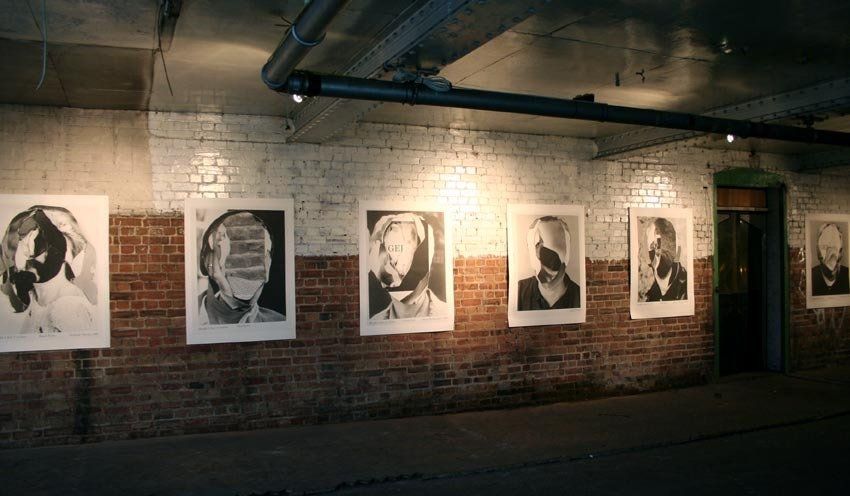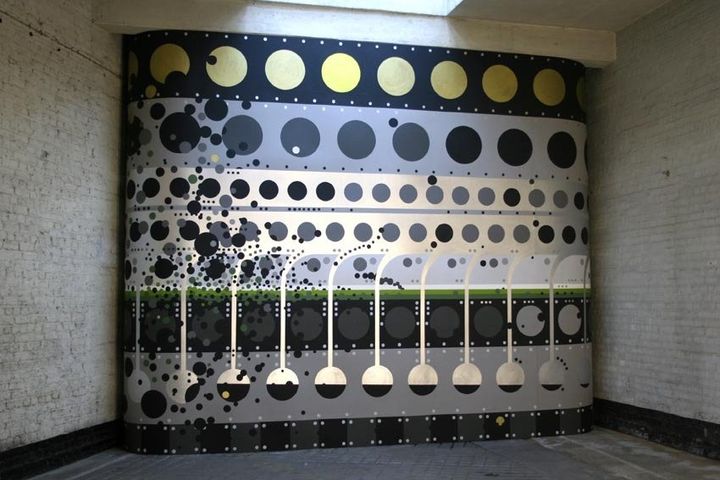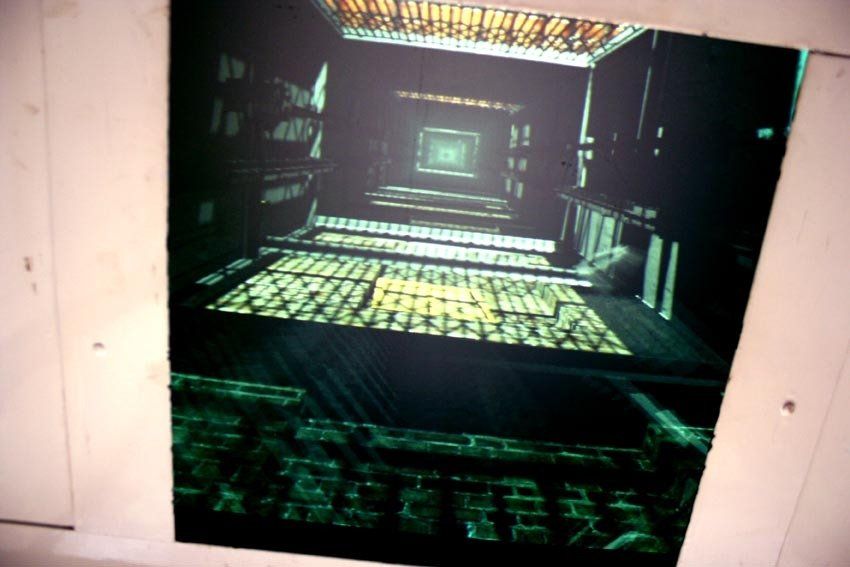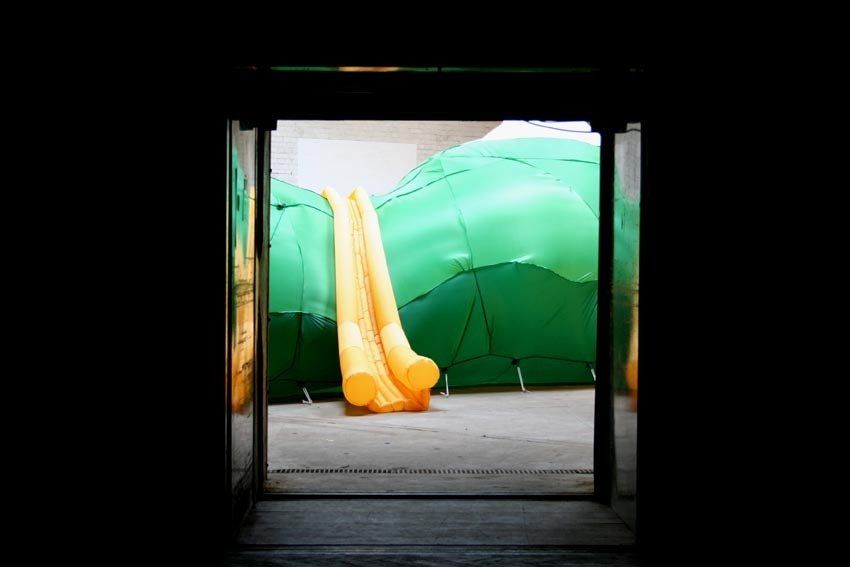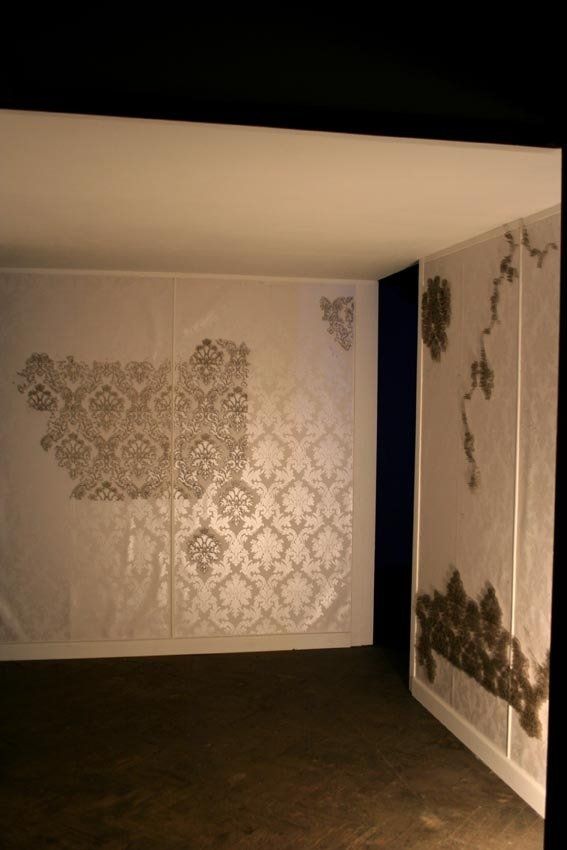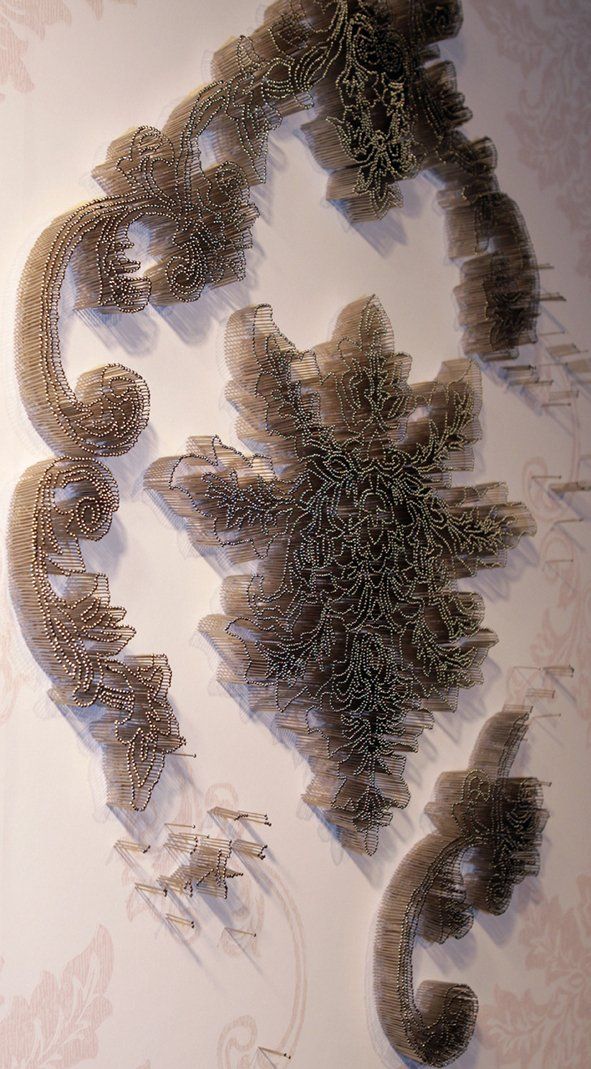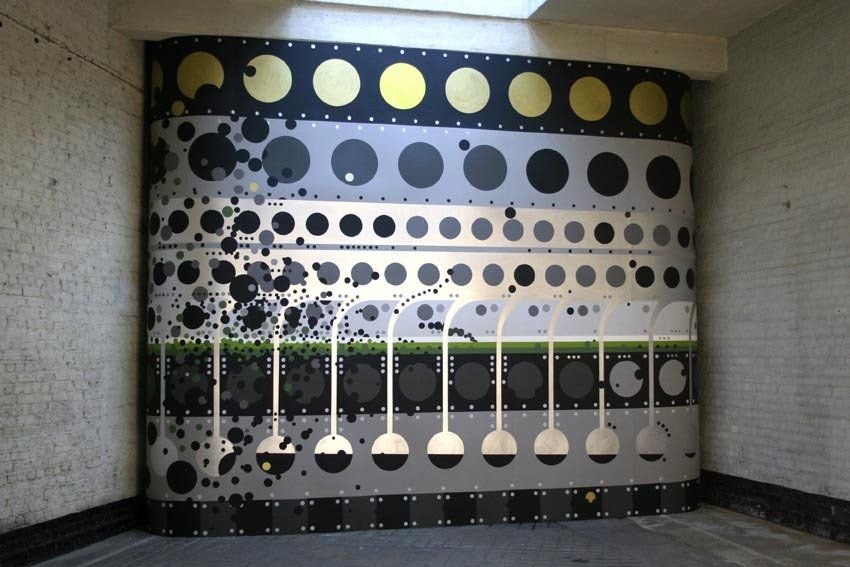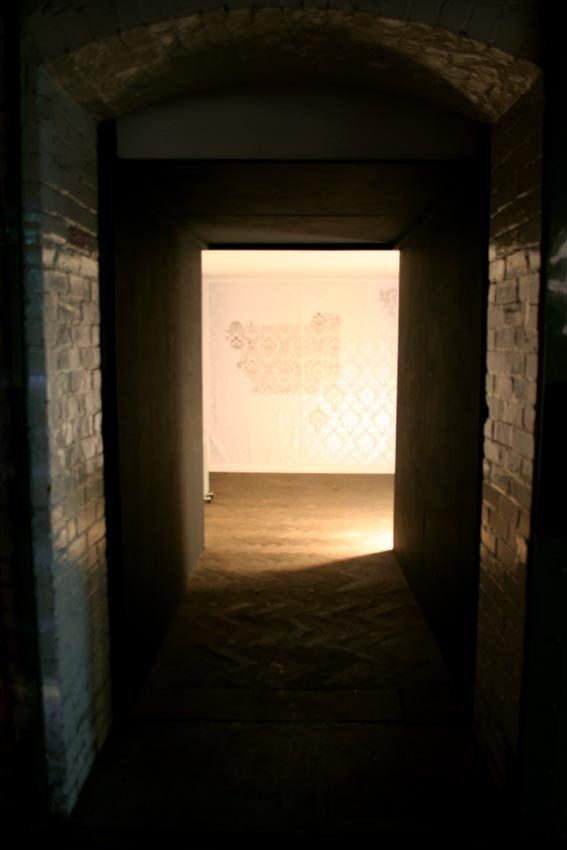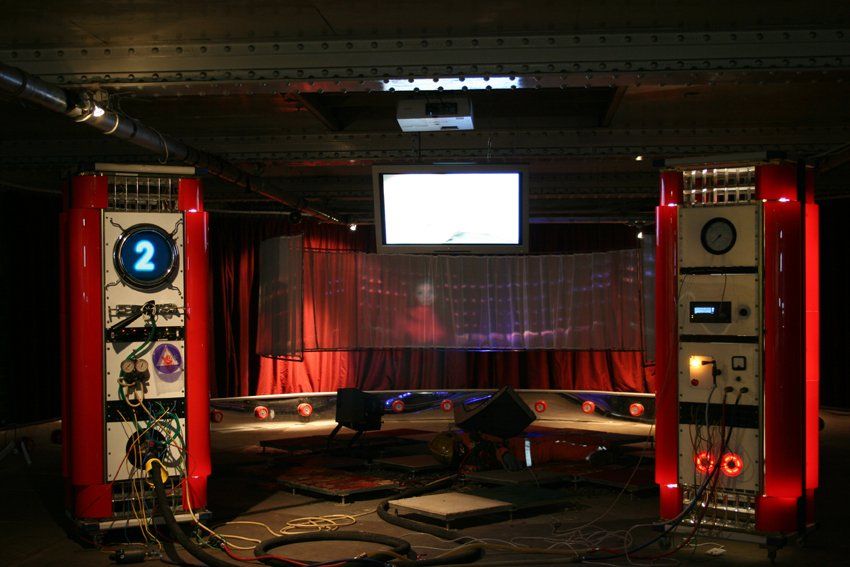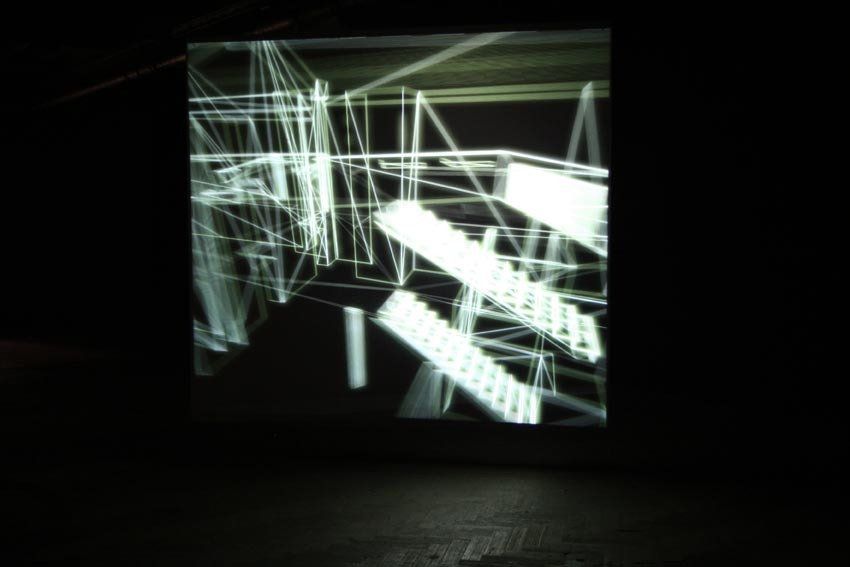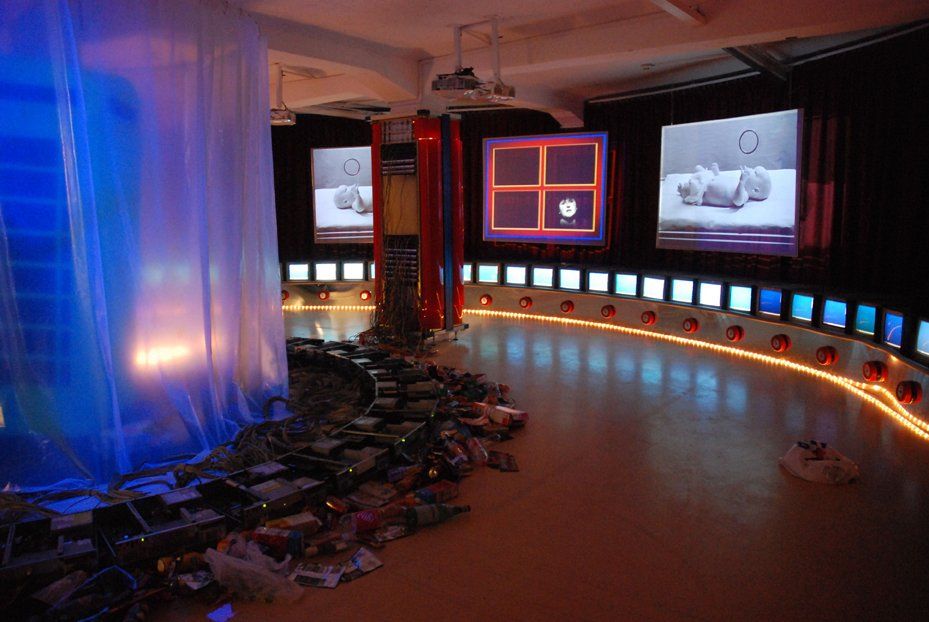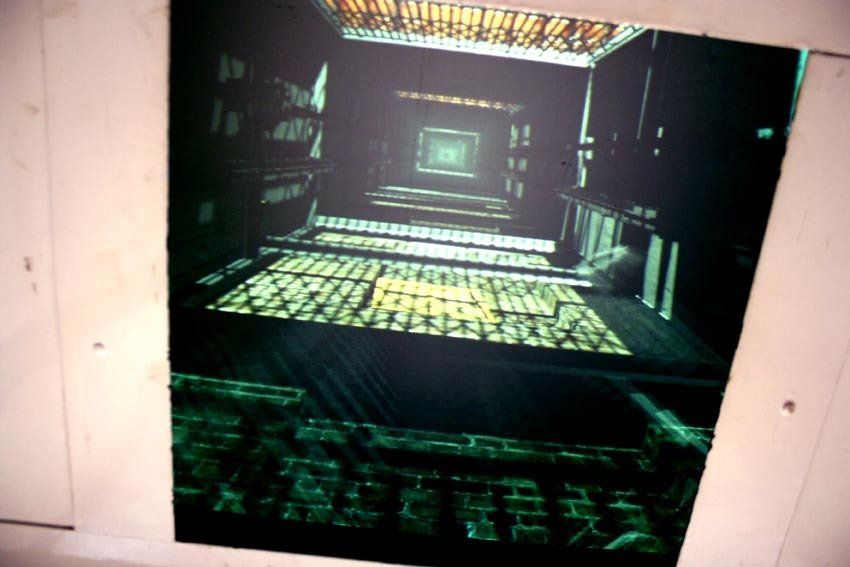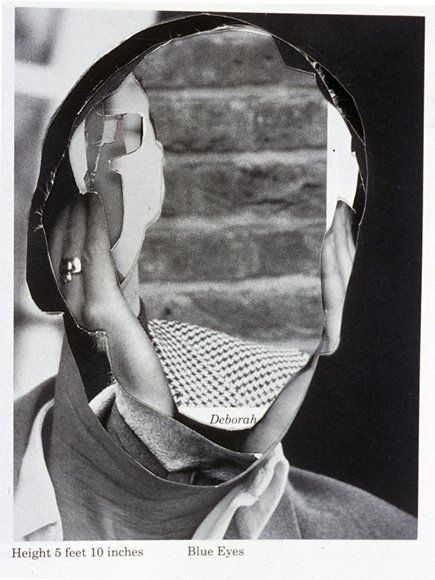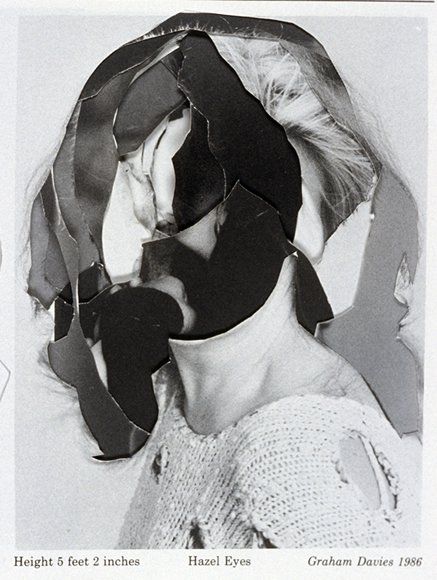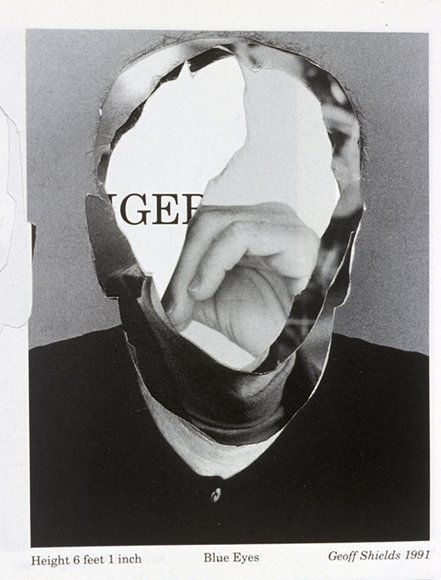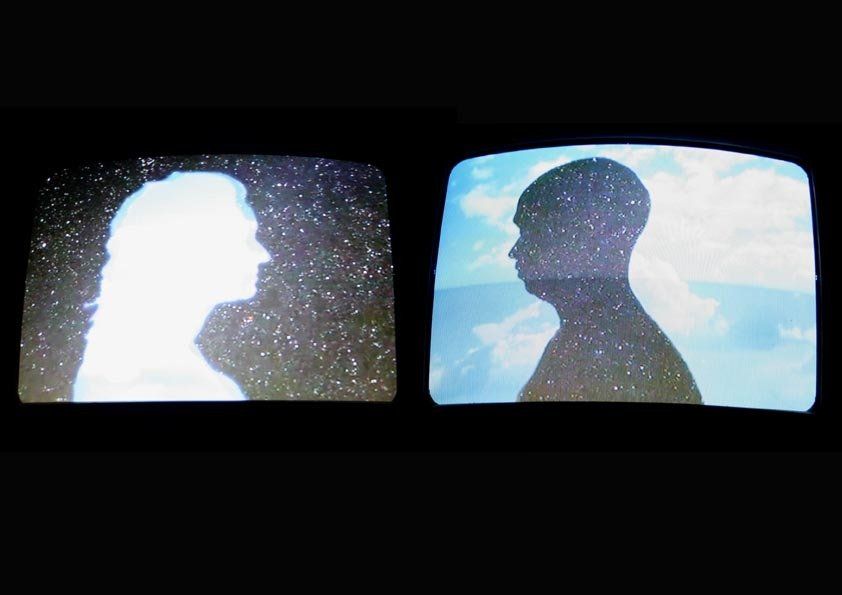ZOË WALKER & NEIL BROMWICH
Zoë Walker and Neil Bromwich protest and dream, via public art, sculpture and performance working between the gallery space and the public realm.
Their work explores the space between the real landscape and an imagined location. Within this luminal space the duo create objects and situations that invite there audience to join them in enacting transformative experiences they invite us to consider an ‘other’ way of being. There practice brings together a humorous and surreal aesthetic while often engaging with social political issues. Their partnership has resulted in a number of residencies and commissions, including My Island Home for the Victoria and Albert Museum; Sci-Fi Hot Tub, a Kielder Art and Architecture Commission, funded by Wellcome Trust, and have been featured recently on BBC1’s Imagine with Alan Yentob. Recent Live Projects include Love Cannon Parade at Whitechapel Gallery, Camden Arts Centre, and the Big Chill Festival. Walker and Bromwich are represented by Houldsworth Gallery
Web Links:
www.walkerandbromwich.org.uk
www.houldsworth.co.uk
http://www.bbc.co.uk/imagine/tag/zoe_walker.shtml
http://www.balticmill.com/whatsOn/present/ExhibitionDetail.php?exhibID=94

